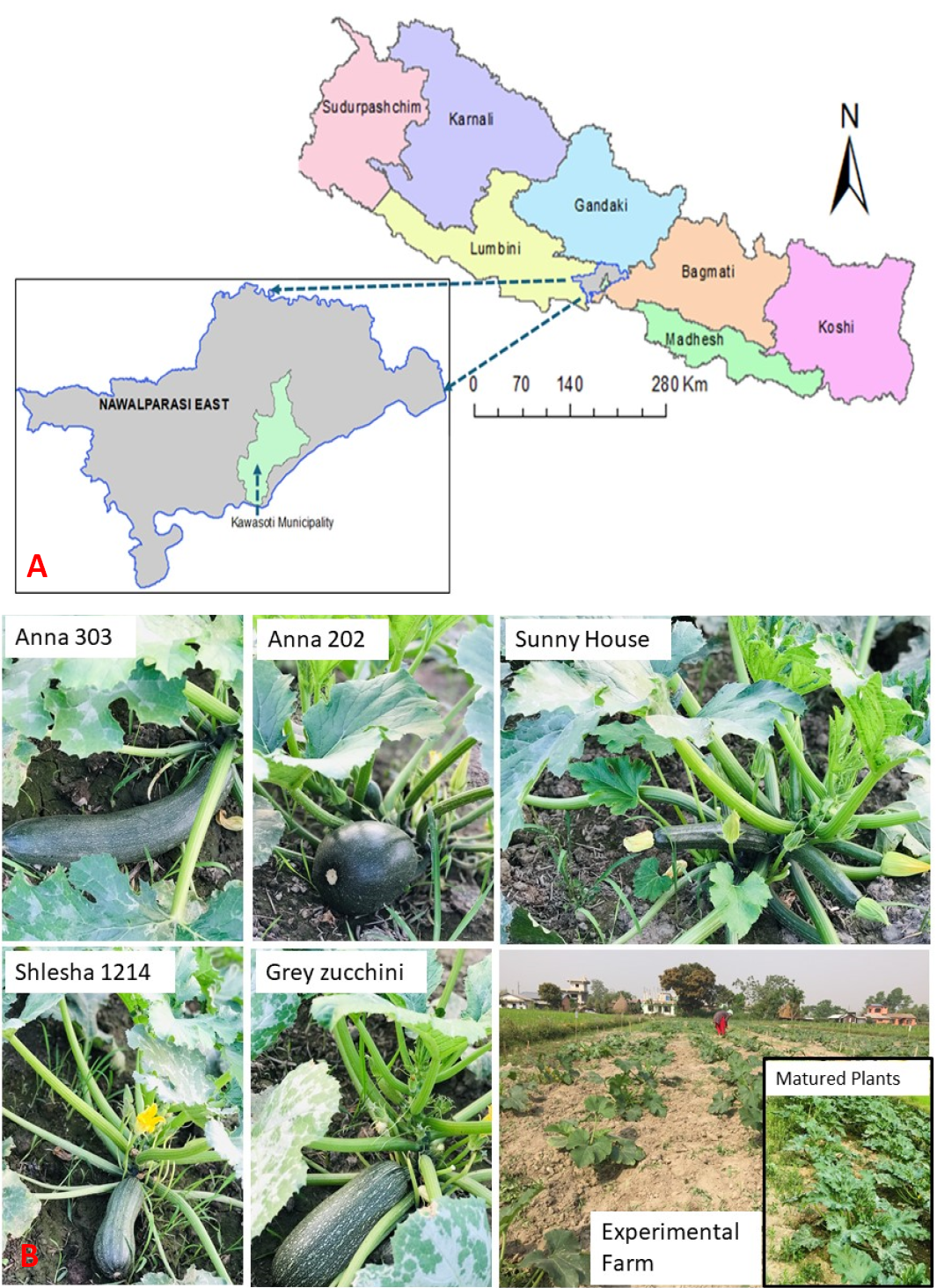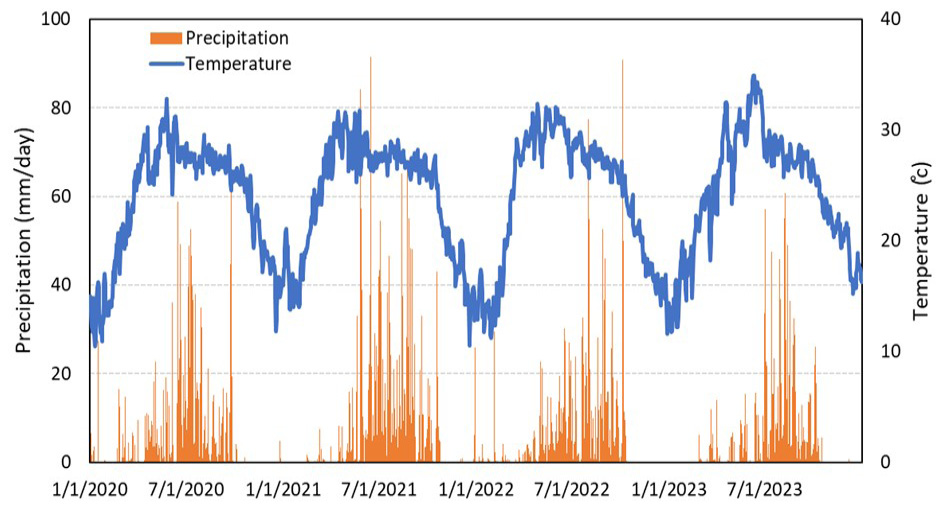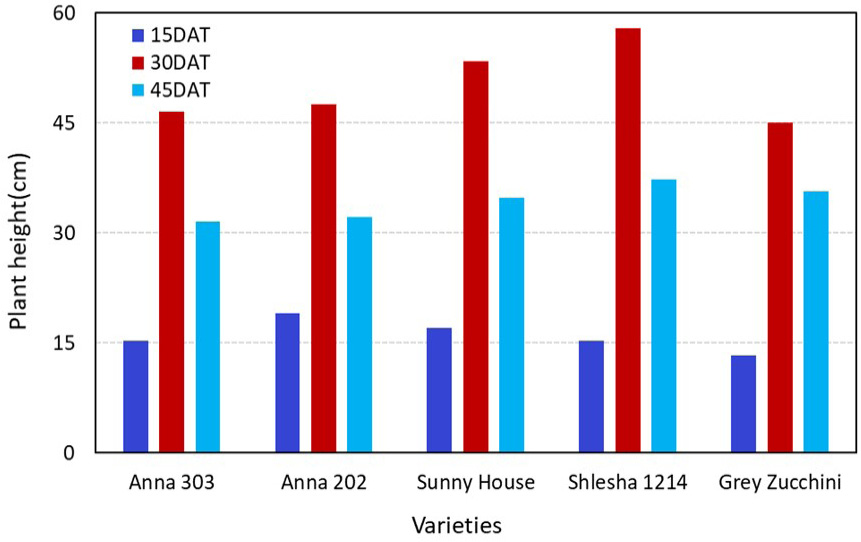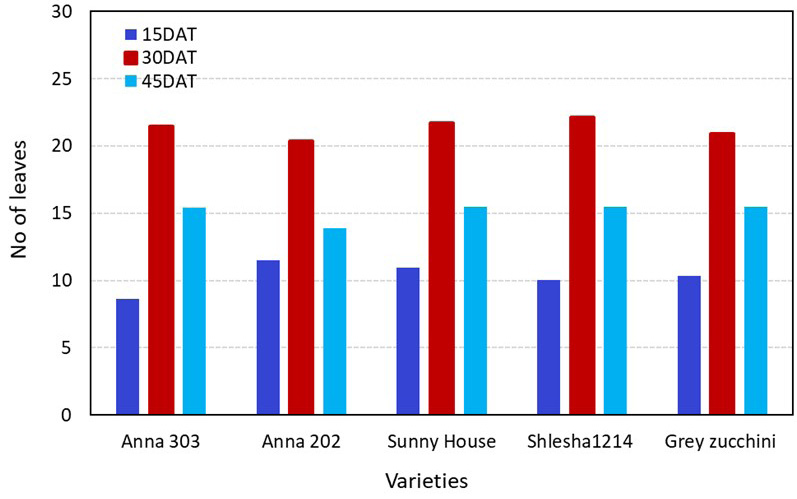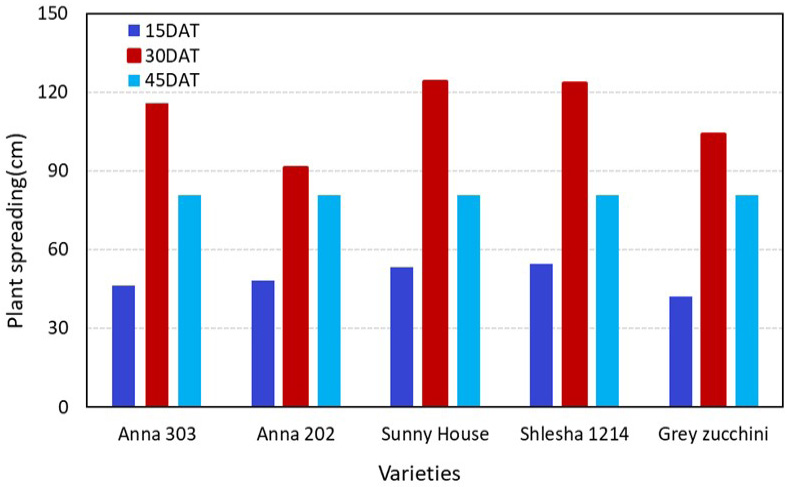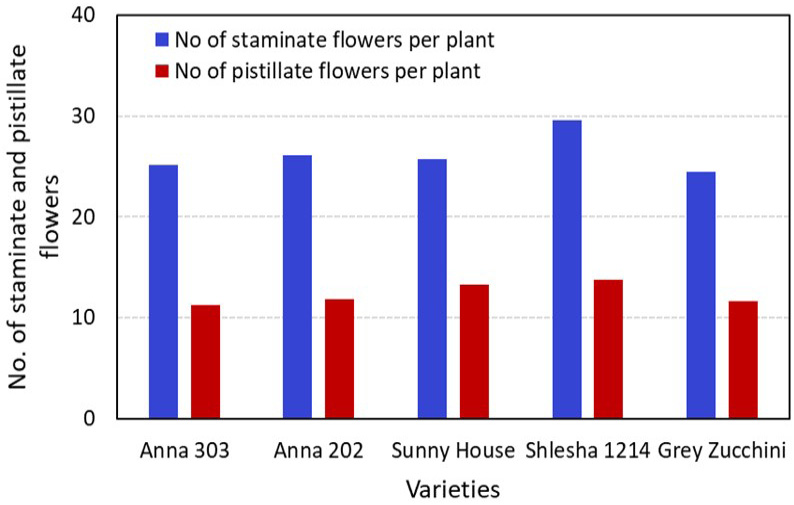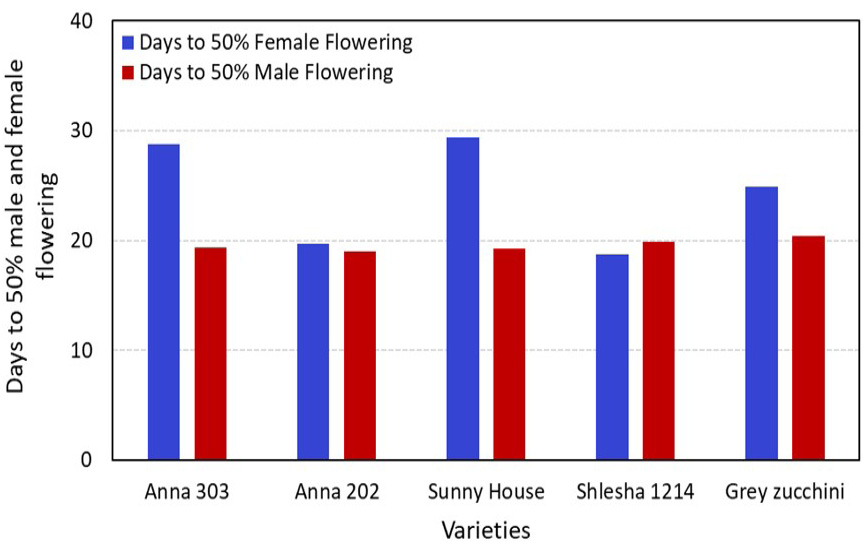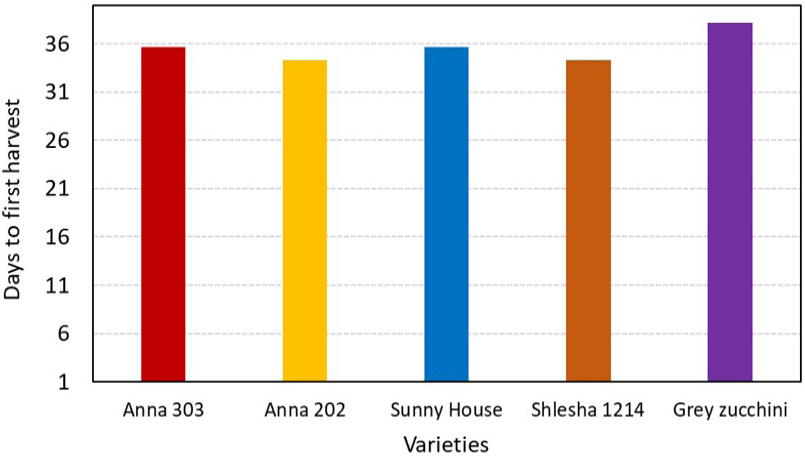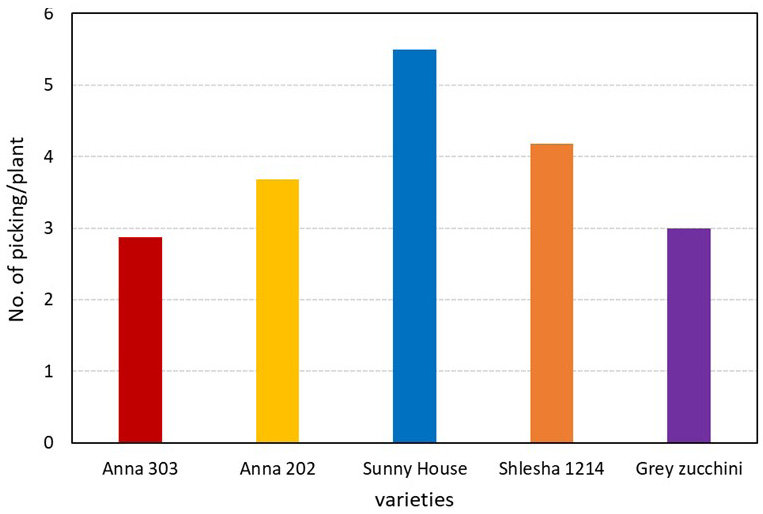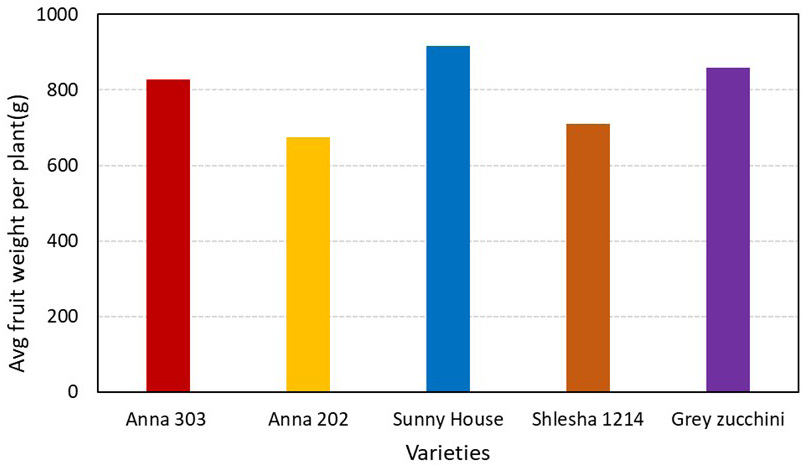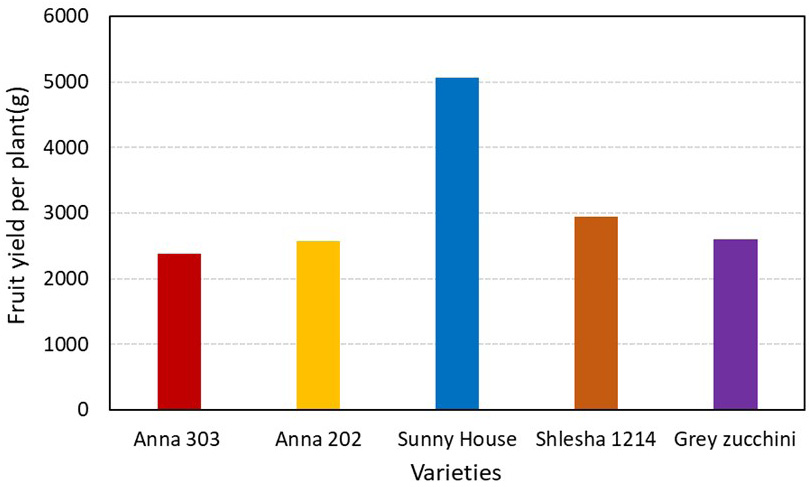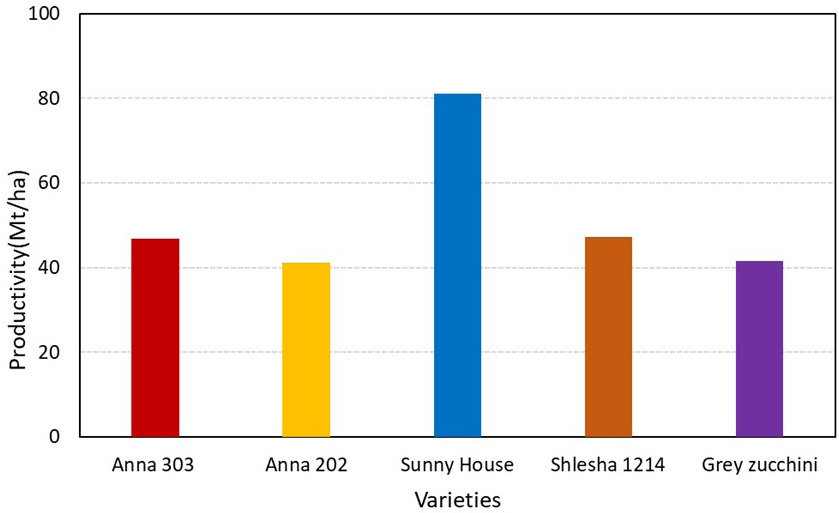Comparative Analysis on the Growth and Yield of Summer Squash (Cucurbita pepo) Varieties in the Southern Climate of Nepal
Comparative Analysis on the Growth and Yield of Summer Squash (Cucurbita pepo) Varieties in the Southern Climate of Nepal
Sanjita Gurau1,2 and Ram L Ray1*
(A) Study area-Kawasoti Municipality; (B) Field experiment with selected five varieties of summer squash at Kawasoti Municipality.
Average daily precipitation and temperature records for three years (2021- 2023) at Kawasoti-13, Nawalparasi-east (Source: NASA/POWER CERES/MERRA2 Native Resolution Daily Data).
Evaluation of plant height of summer squash.
Evaluation of the number of leaves per plant of Summer squash.
Evaluation of plant spreading of summer squash.
Evaluation of the number of staminate flowers, pistillate flowers, and sex ratio.
Evaluation on days to 50% female and male flowering.
Days to first harvest.
Number of picking per plant.
Evaluation of average fruit weight per plant.
Evaluation of fruit yield per plant.
Evaluation of productivity of summer squash.





